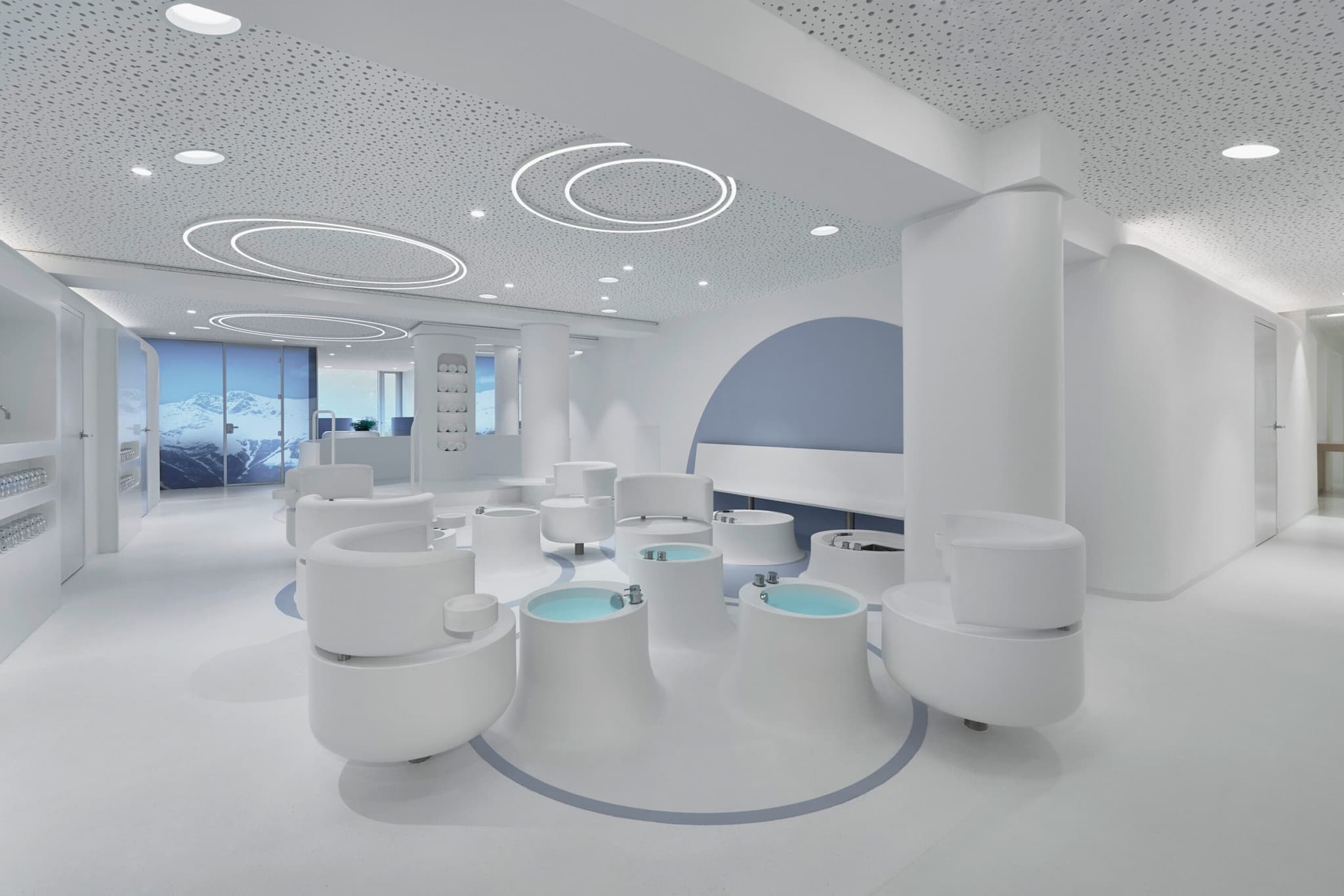
We embody the pinnacle of excellence in preventative health, regeneration, and optimisation.
As a world leading institution in holistic medicine, we integrate state-of-the-art medical science with proven alternative healing approaches. The Lanserhof Concept creates an intelligent balance between personalised fasting programmes and bespoke therapeutic solutions.
At Lanserhof, exceptional care is paired with profound expertise. Our interdisciplinary team of specialists guides you on a personalised journey towards lasting well-being, vibrant health, and enhanced longevity. Beyond this, we provide meaningful insights into your body’s inner rhythms, helping you discover a renewed sense of physical harmony.
To us, health is far more than the absence of illness; it is the harmonious connection of body, mind, and soul – an aspiration that informs every aspect of what we do.
Live better. For longer. That is our claim for your stay and the primary goal of the Lanserhof Concept.
Developed for four decades and developed in daily practice at Lanserhof, this approach is based on the valuable findings of naturopathy, energy medicine, psychology, psychoneuroimmunology, chronomedicine and modern cutting-edge medicine: an intelligent symbiosis that has won many awards.
Bring Lanserhof into your home
Discover everything you need to support a healthier and more active lifestyle (or maybe just life). Experience the essence of Lanserhof at home with our carefully curated selection of premium, high-quality products.





















